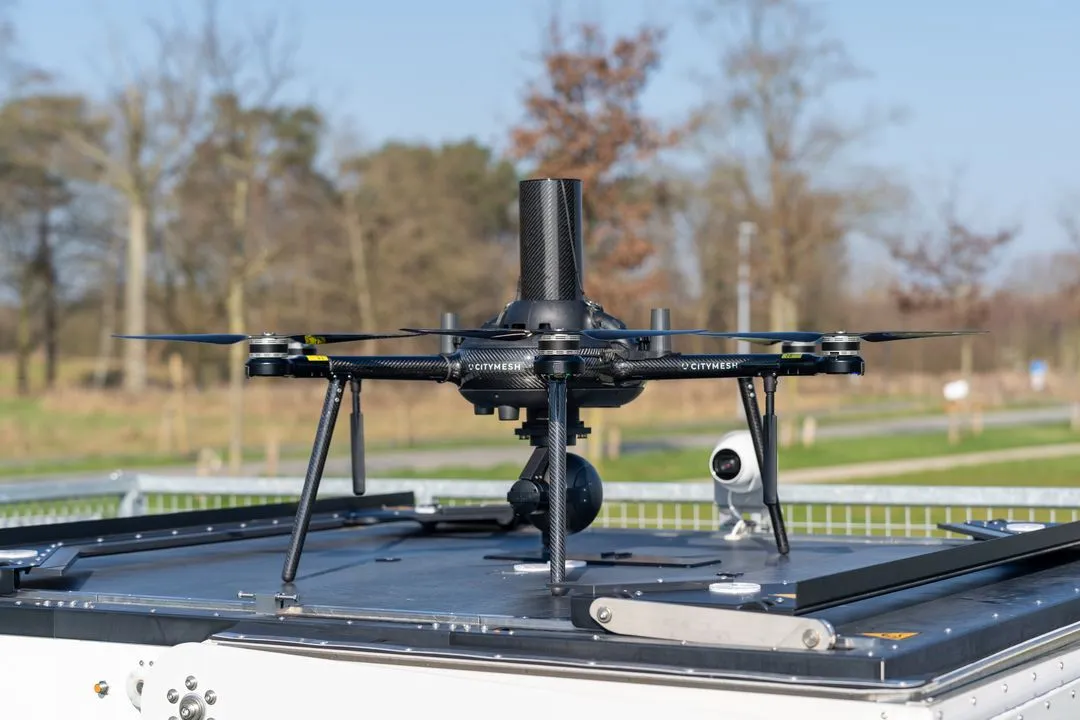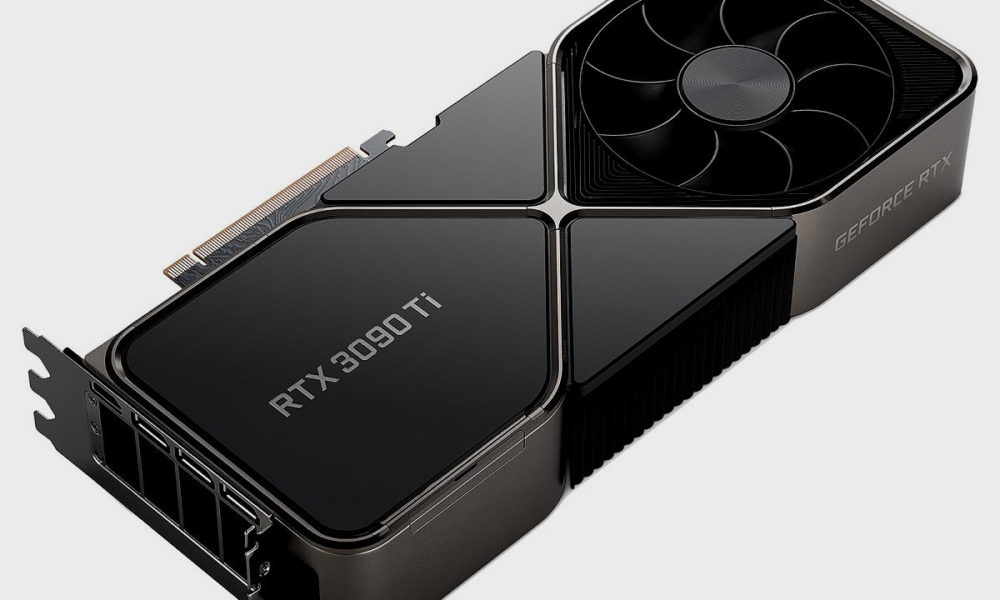Citymesh is showing the Safety Drone Shield. This solution uses drones remotely controlled with 5G to quickly support emergency services.
Citymesh has proposed a safety solution based on drones and 5G. The Safety Drone Shield was demonstrated at the National Institute for Education and Training (PIVO) in Asse. The system supports emergency services in Belgium through the use of drones and 5G connectivity.
On the road immediately
With the Safety Drone Shield, emergency services can deploy a drone within 90 seconds of a call. These drones transmit live images to firefighters, police or other security services, enabling faster and more informed decisions. The drones have a range of five kilometers and are equipped with thermal imaging and regular cameras. The images are shared in real time via a 5G network. The system automatically regulates the temperature and battery of the drones for optimal performance.
There are currently 16 drones in operation and they are controlled by a team of around ten pilots from the Remote Operations Centers (ROC) in Hasselt, Oostkamp and Marche-en-Famenne. These ROCs can take over tasks from each other if necessary. For now, the drones are available between 8 a.m. and 8 p.m., but 24/7 operation is planned.
App
At PIVO, the system is also used for training purposes for firefighters and police. The exercises can be recorded and evaluated later. In addition, Citymesh has developed the SENSE app in collaboration with Cegeka. This allows the police to manually request drones during operations, while this process is fully automated for the fire department.
The project represents a total investment of 10 million euros, of which 3.6 million come from grants. The system clearly shows what the added value of 5G can be. First and foremost, the technology offers the high bandwidth and low latency required for remote control of drones.
Next, 5G supports network slicing, which means that multiple virtual 5G networks can coexist without affecting each other. This is important in emergency situations where, for example, the private network can be overloaded by panicked citizens. In such a scenario, important networks, for example for emergency services, can remain online.













